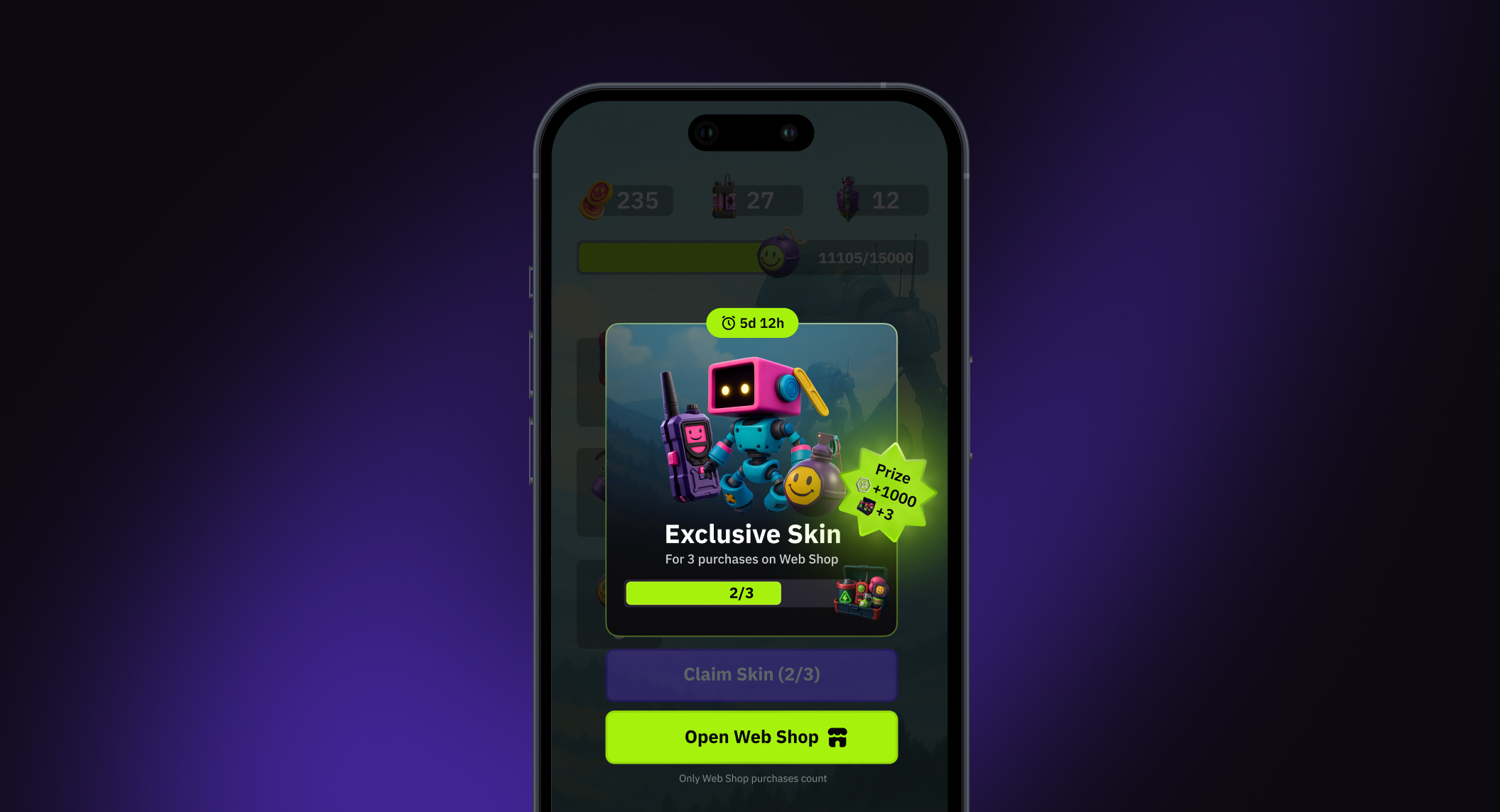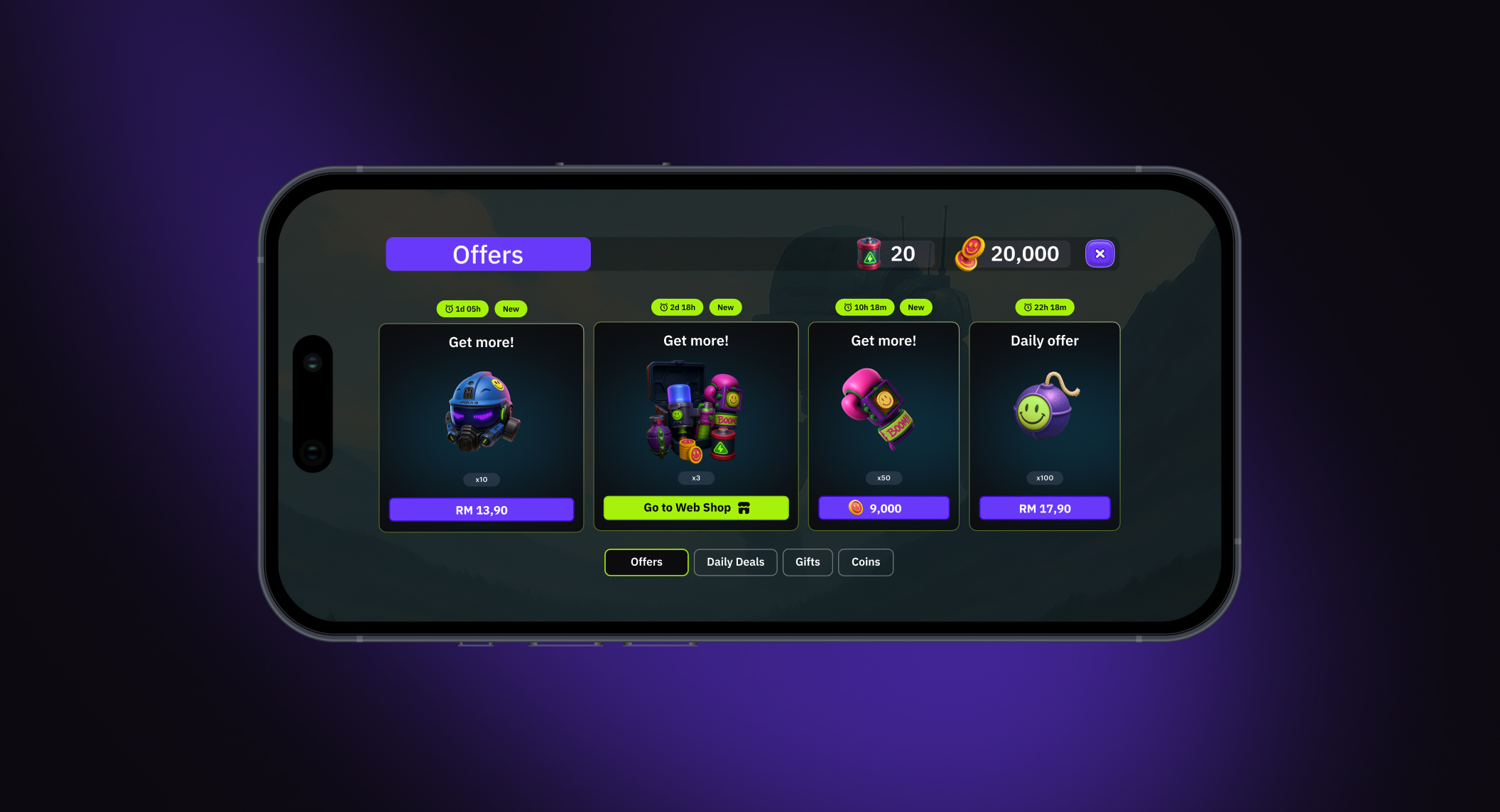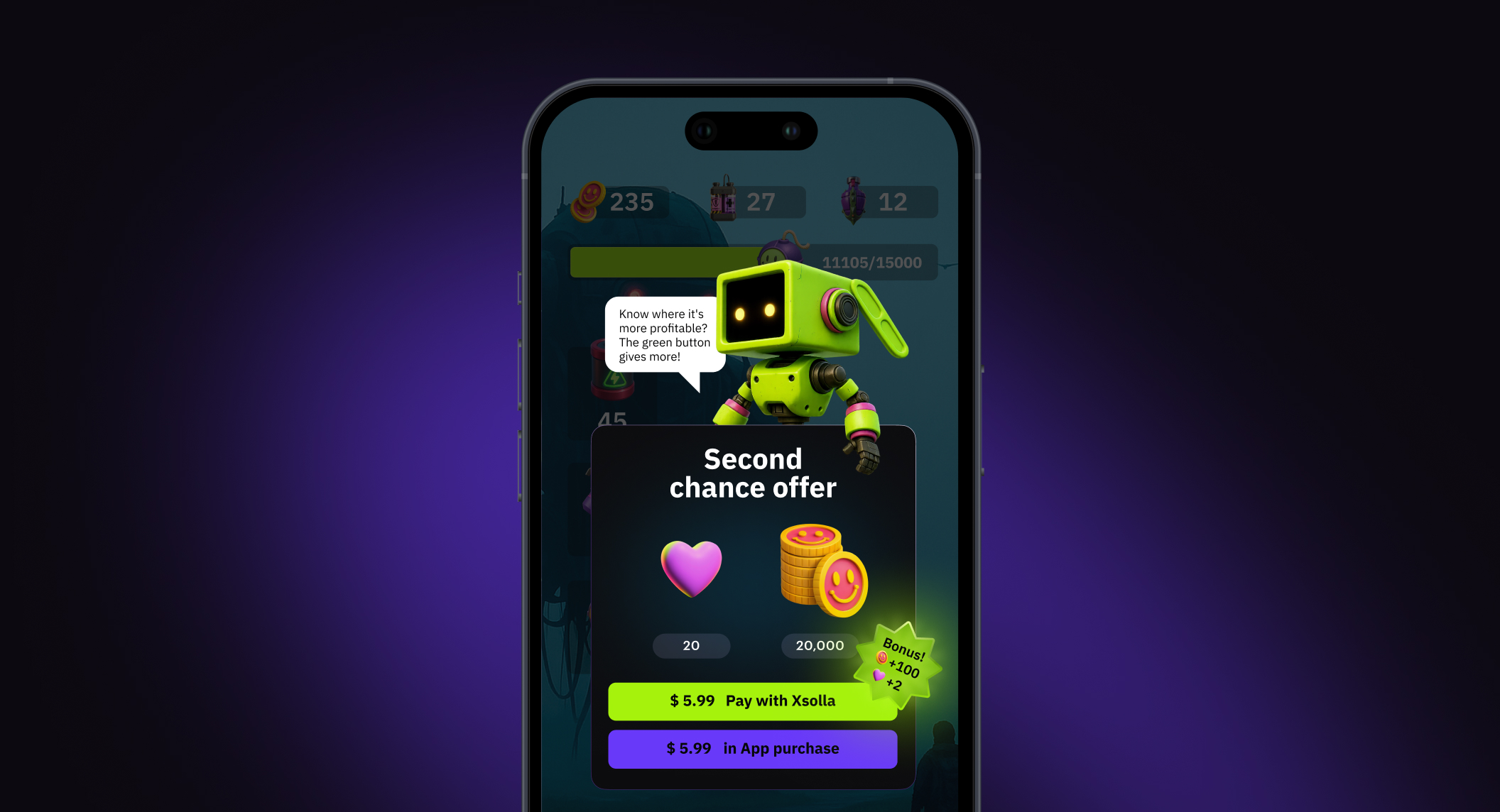How to teach players to use the web store?
In the previous article, we explored with Xsolla how and why direct sales (along with web stores) have become the new standard in game monetization. In this material, we discuss how to teach users to use them.
The material was prepared by Pavel Savkin, Product Director (Monetization) at Xsolla.
Pavel Savkin
Let's start with what is important for developers who are about to launch a web store for their game to understand.
A Web Store Is Not Just a Showcase. It's Your Own Ecosystem
Many still perceive web stores as "just another way to pay."
This should not be the case.
Through a web store, a developer has the opportunity to:
- launch exclusive offers that are unavailable in-game;
- test different pricing hypotheses and bundles;
- offer subscriptions with additional bonuses;
- implement loyalty programs: from simple bonuses for repeat purchases to a global loyalty system for your game, with gifts, VIP status, early access, and other benefits.
In other words, a web store can be an extension of the game, a layer between you and the player that you fully control. This means it is not an addition — it is the foundation for new monetization.
The Road to Web Store Success Is Achieved by Integrating with LiveOps
The first step to creating such a foundation is to include the web store in the LiveOps strategy.
Promo events, boosters, special missions, and in-game offers should all be reflected in the web store.
It is fundamentally important that a purchase through the web store always feels more advantageous, thanks to both lower prices and bonuses.
This will create a situation where users will always check the web store before purchasing: is it more advantageous there, what rewards will they get for purchasing?
Through a Web Store, Players Get Used to Paying for Apps on the Web
Over time, a web store leads to:
- players getting accustomed to external payments and the bonuses associated with them;
- the game’s brand and UX becoming recognizable;
- purchases outside the App Store being perceived as the norm, not the exception.
This paves the way for introducing new native monetization tools. For example, the introduction of a "Buy Button."
For reference, here the "Buy Button" refers to an in-game button that leads players to an external site to make payments through a browser.
For users who have experience interacting with the web store, clicking such a button and the entire experience will feel natural when the Buy Button becomes legal in most countries and appears in many apps (for now, it’s only legal on American iOS).
Learning Is a Strategy, Not a Campaign
Now let's move on to how to specifically bring players into the web store.
The key to success in transitioning to external monetization lies in changing the player’s perception.
This is achieved through:
- explaining the "why" — players need to understand where the value lies (usually in advantage, bonuses, and greater options);
- engagement-focused actions (banners with reward descriptions, first purchase bonuses, exclusive offers);
- a positive experience — everything should work smoothly, yield instant results, and present clear advantages compared to in-game purchases.
If you follow this strategy, the web store will cease to be perceived as "just another store in a browser" and will become an integral part of the experience: players will anticipate promotions, compare prices, and hunt for deals.
Now for some specific advice.
Tips for Educating Players
Promo Banners and Visual Accents In-Game
Add a banner with a simple message: “Get a +20% bonus — pay in the web store.” Ideally, they should feature bright elements, a countdown timer, and a green button. This usually increases engagement.
Tying the Web Store to LiveOps
An offer such as "Make a purchase on the site — get a three-hour PvP boost" can also work well. It will create a solid link between the web and the game, forming a specific expectation for the user: "Purchasing on the web provides bonuses."
Personalized Reward Promotion
In the web store, you can issue quests that players will be eager to complete. For example, something like: "Complete the task: buy three times through the web store — get an exclusive skin."
Direct Explanation through Characters and FAQ
NPCs in the game can say, "Do you know where it’s better? The 'Green Button' gives more!" Next to the button, you can place an icon with a question mark, where a click will display a brief text with a concise explanation.
Training is not a one-time action. It is a systematic process whose task is to regularly inform and engage.
Why It's Important to Choose a Trusted Provider and Ready-Made Platform
Creating a web store from scratch means taking on the entire set of tasks, including:
- adapting monetization for the web;
- connecting payment systems;
- data protection and security certification;
- compliance checks with the laws of dozens of countries;
- integration with banking infrastructure;
- processing refunds, taxes, and reporting.
Any mistake can cost time, money, and the trust of your audience. Efficiency and security are achieved much faster if you work with someone who has already been through this process. Therefore, choosing a provider that has proven its reliability is important.
For example, Xsolla Web Shop includes everything you need out of the box:
- full legal and technical readiness: compliance with GDPR (EU), CCPA (USA), LGPD (Brazil), POPIA (South Africa), PCI DSS standards for transaction protection.
- global reach — over 1,000 payment methods, including local wallets in China, Indonesia, Mexico, and Middle Eastern countries;
- localization and scalability — dozens of languages, WebView support, automatic refund processing, and tax authority reporting.
Winners Are Those Who Build Habits in Advance
Transitioning to direct sales cannot be postponed. When the legal window opens, everyone will start mass-implementing new monetization models. Those who win will be the ones whose audience already understands what external monetization channels are, why they are needed, and what benefits they offer. Therefore, web store integration should begin now. And it’s best to do this with a trusted partner!




